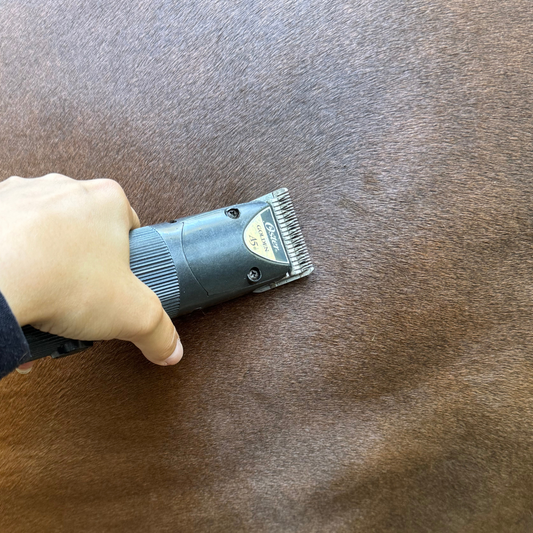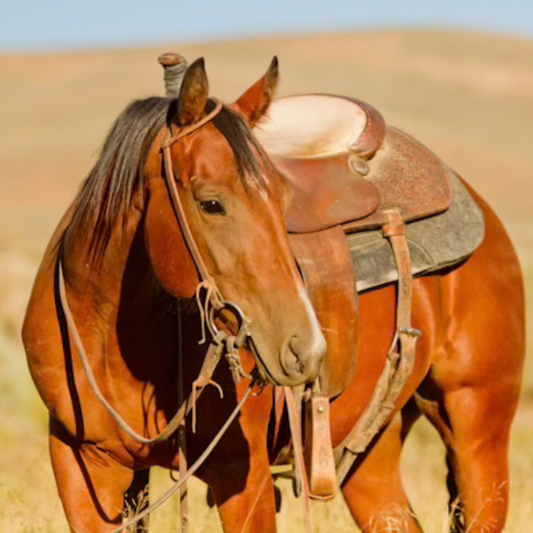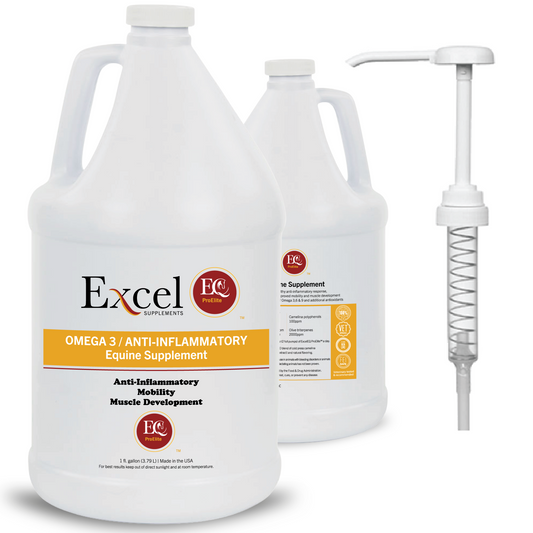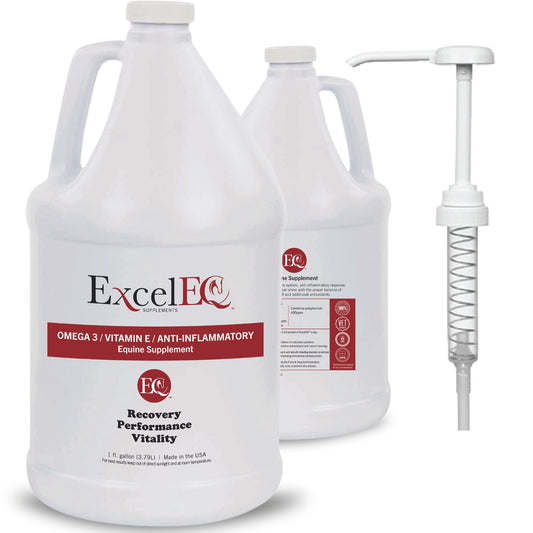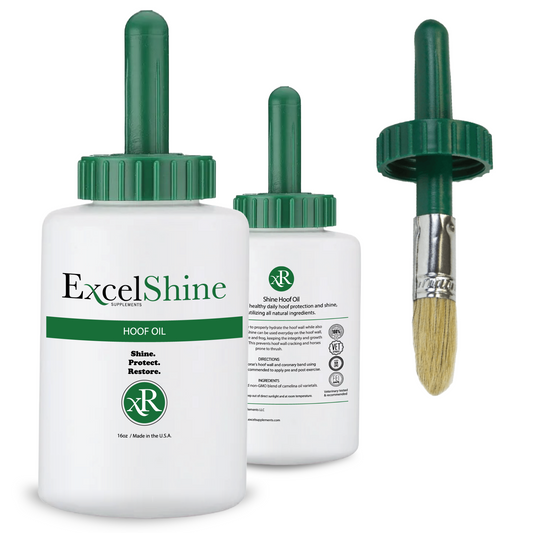Dehydration in Horses: The Overall Guide
Share
Ensuring that horses receive adequate hydration is crucial for their health and performance. Dehydration in horses can pose serious risks, affecting their body systems, digestion, and oxygen circulation. This issue often becomes more pronounced during the hot summer months when horses are less inclined to drink enough water. Learn how to recognize, prevent, and manage dehydration to keep your horse healthy and performing at its best.
What is Dehydration in Horses?
Dehydration occurs when a horse loses more fluids than it consumes. This imbalance can disrupt various bodily functions, leading to severe health issues. Horses typically need about 12 gallons of water daily, but they may not always drink this amount, especially during hot weather or intense exercise.
Causes of Dehydration in Horses
- Inadequate Water Intake: Horses often fail to drink enough water, particularly during extended rides or hot days.
- Excessive Sweating: Horses can lose over 60% of their water through sweating. On a hot and humid day, they may sweat excessively, losing up to 10 liters of sweat per hour.
- Respiratory Losses: Moisture is lost through the respiratory system as horses breathe.
- Fecal Losses: Horses also lose water through feces, which requires replenishment.
Symptoms of Dehydration in Horses
Recognizing the signs of dehydration is vital for timely intervention. Common symptoms include:
Visible Indicators
- Red or Dry Mucous Membranes: Check the gums and inside of the mouth for dryness or discoloration.
- Dull, Dry Eyes: Look for a lack of moisture in the eyes.
- High Heart Rate: An elevated heart rate can signal dehydration.
Behavioral Changes
- Lethargy and Weakness: A dehydrated horse may appear tired or weak.
- Loss of Appetite: Reduced food intake can be a sign of dehydration.
- Disorientation or Dizziness: Dehydration can affect balance and coordination.
Urinary and Sweating Patterns
- Dark Urine: Concentrated urine can indicate dehydration.
- Inconsistent Sweating: Either excessive sweating or a lack of sweat can be a sign.
How to Test for Dehydration in Horses
Effective testing can help assess the hydration status of your horse:
Skin Pinch Test
Pinch the skin on the horse’s neck or shoulder. If the skin doesn’t return to its normal position quickly, dehydration might be present.
Gums and Capillary Refill Time
Examine the color and moisture of the gums. Press gently on the gums and measure how long it takes for the color to return after releasing pressure. A longer refill time can indicate dehydration.
Eye Check
Observe the eyes for dryness or dullness, which can be a sign of fluid imbalance.
Treatment and Prevention of Dehydration in Horses
Preventing dehydration is essential, especially during hot weather or strenuous activity. Follow these strategies to keep your horse hydrated and healthy:
Provide Adequate Water
Ensure your horse always has access to clean, fresh water. On hot days or during heavy exercise, offer additional water to meet their needs. Horses in hard work may drink up to 15 gallons of water a day.
Improve Ventilation
Good ventilation in the stable is crucial to prevent overheating and related issues like colic. Ensure the stable is well-ventilated to keep the environment comfortable for your horse.
Moisture-Rich Feed
Incorporate moisture into your horse’s diet to boost fluid intake. Soaking hay or providing wet feed can help maintain hydration levels.
Learn More About Horse Hydration
Understanding how to properly hydrate your horse is vital for its well-being. For more expansive ways to hydrate a dehydrated horse check out our blog, "How to Hydrated a Dehydrated Horse", here.
By staying informed and proactive, you can ensure your horse remains healthy, hydrated, and ready for any challenge.
Sources:


